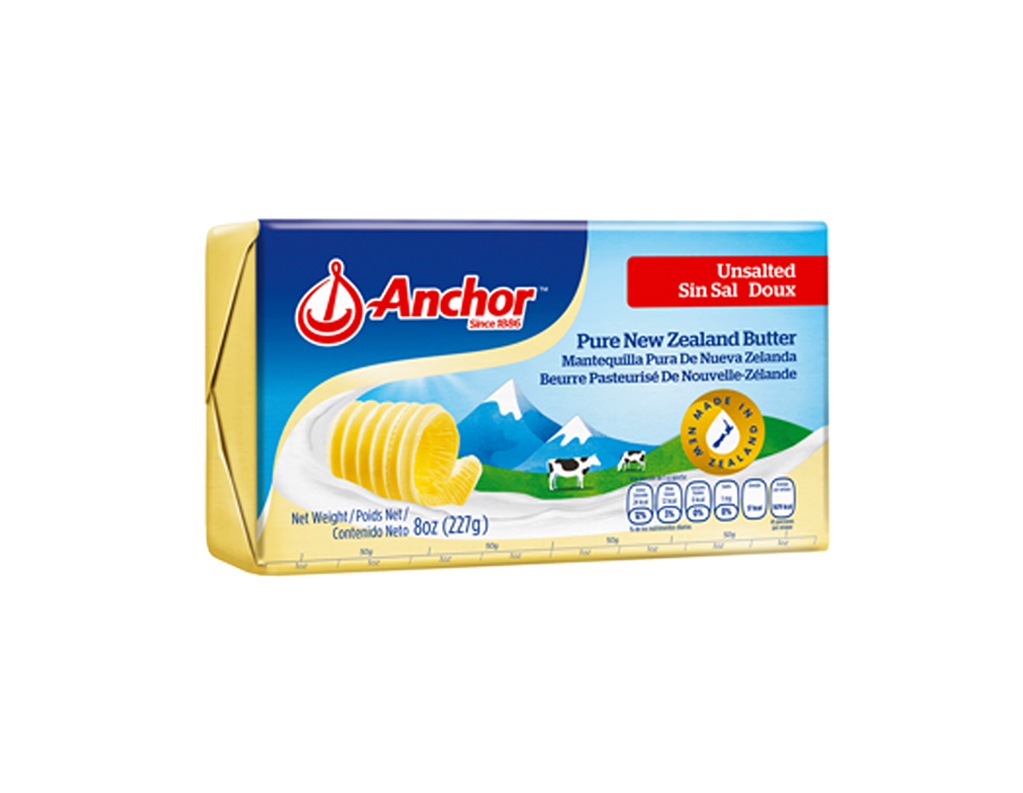Cooking Tips:
Add a knob or two of cold butter to sauces. Butter creates a smooth, creamy texture by helping both fat and water-based ingredients mix together. For the best results, use cold, hard butter.
Butter helps spices, savoury and sweet, retain their flavour and integrate throughout the entire dish.
Baking Tips:
Salted butter is ideal for savoury cooking and baking. However, in sweet baking, the salt can overpower the sweetness of the butter and other ingredients.
If you accidentally melt your butter, don’t use it for baking as the texture will be affected. Instead, you could use it for drizzling over cooked vegetables.
Spreading Tips:
To keep butter soft and spreadable, keep some out of the fridge over the cooler months. During the warmer months, keep only enough for one day out of the fridge.
Baking Tips:
Use hard, cold butter for pie crust. The flaky texture in a pie crust happens when cold pieces of butter get trapped between layers of dough, then melt during baking to create small air pockets.



